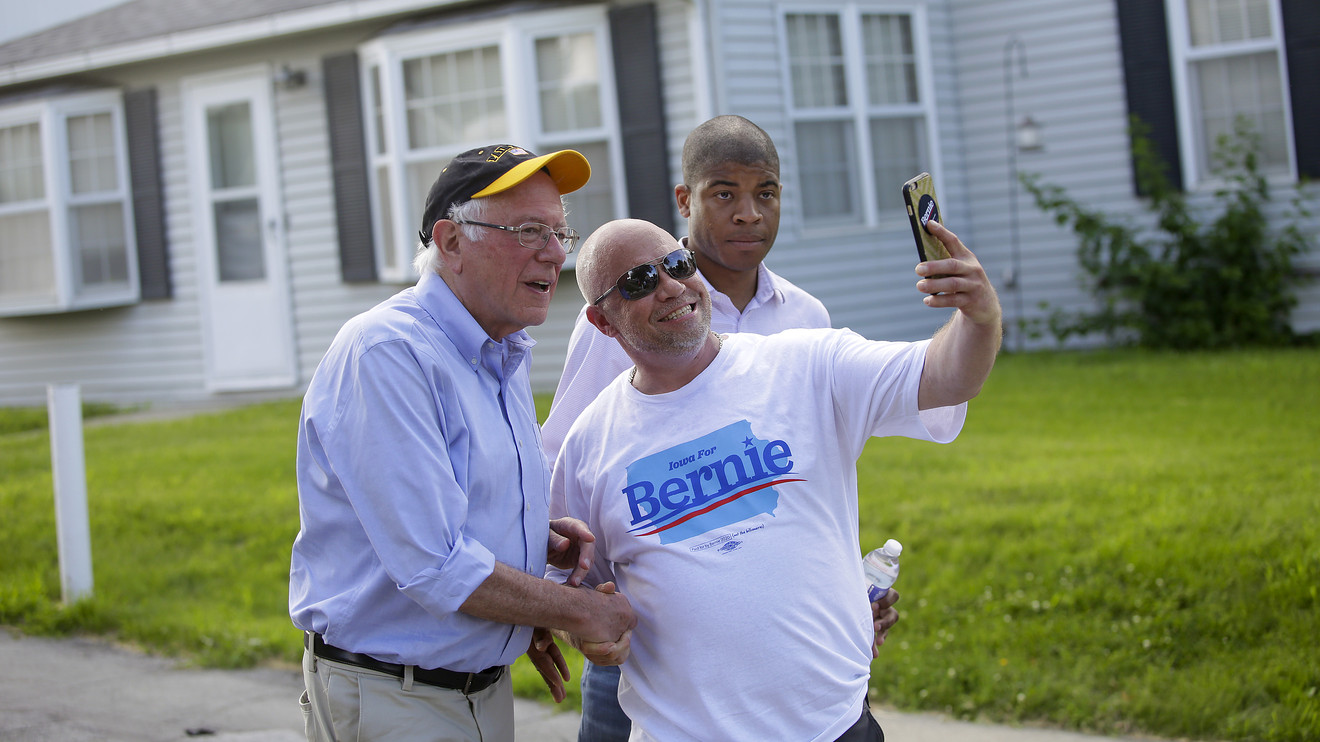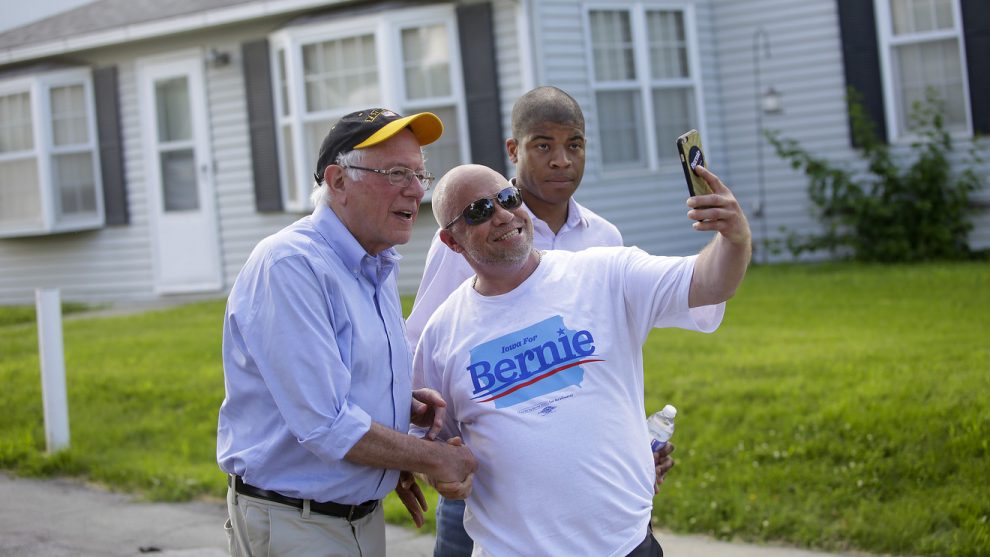
This article is reprinted by permission from NextAvenue.org.
The polls tell us that among the top issues concerning voters for the 2020 presidential election are health care and health insurance access and affordability. One of the potentially biggest health care costs for older Americans: long-term care. The average annual cost of a private nursing home room now tops $100,000, according to Genworth Financial, and long-term care generally isn’t covered by Medicare.
So, when Next Avenue learned that Democratic hopeful Sen. Bernie Sanders recently included long-term care as part of his Medicare for All proposal, we wanted to talk to long-term care financing experts for their assessment.
Adding long-term care to Medicare for All
Though Sanders has been talking about Medicare for All for years, he added long-term care to his signature universal single-payer blueprint in his Medicare for All Act of 2019 legislation. The bill is backed by four other Democratic Senators vying for the presidency: Cory Booker, Kirsten Gillibrand, Kamala Harris and Elizabeth Warren.
Also read: A new way to pay for the single biggest expense in retirement
Sanders’ Medicare for All would, generally speaking, eliminate the current mix of government (Medicare and the Medicaid program primarily for low-income Americans) and private health care insurance systems. It would replace them with one program paid for by the government and funded with higher taxes. (The analysis in this column is focused on elder care concerns, but Sanders’ Medicare for All offers long-term care support to people of all ages with disabilities.)
How the Sanders plan would work
The long-term care coverage part of Sanders’ plan isn’t quite as simple as a single Medicare For All program, though.
His new federal universal health insurance program would cover long-term care services and supports in homes and in communities for people of any age. Under the Sanders version of Medicare for All, Medicaid would continue covering institutional services, such as care in skilled nursing homes. Today, you are eligible for Medicaid long-term care if you have very low income and meager assets. The specific rules are set by each state. The Sanders plan does not say who would receive Medicaid benefits for nursing home care.
Also see: Where the 2020 candidates stand on student debt and college affordability
Sanders’ decision to include long-term care in his Medicare for All plan was an idea applauded by four experts I interviewed. But there’s a catch, as I’ll explain momentarily.
What long-term care analysts say
Here’s what the long-term care financing analysts told me:
Judith Feder, professor of public policy at Georgetown University, a nationally-recognized leader in health policy and a Democratic policy consultant: “Sanders is saying it’s time to realize that calling for reform for the entire health care system means long-term care needs to be part of the picture. It’s an indication of its importance… It’s a big deal.”
Judith Stein, founder and executive director of the Center for Medicare Advocacy, a nonprofit nonpartisan law organization: “We absolutely need, and have needed, to do something to provide a system that helps folks with long-term care…. Long-term care is simply an actual component of a health care system. I’m glad for the nod that Sanders is providing.”
Howard Gleckman, a Forbes writer on long-term care policy, a senior fellow at the Urban Institute where he is affiliated with the Program on Retirement Policy, author of “Caring for Our Parents” and a Next Avenue Influencer in Aging: “He wants to include long-term care as part of a health care system — very sensible…. A recognition that there is a problem and it has to be fixed. That’s good.”
Grace-Marie Turner, founder and president of the Galen Institute, a public policy research organization focused on health reform, a former member of the Medicaid Commission and a conservative: “Maybe including long-term care into Medicare for All could highlight the fact that this is important… It’s hard to make a market if people aren’t aware of the need.”
What we don’t know
And the catch? The Sanders proposal, as of now, is vague on rules regarding qualifications and benefits. And there’s no mention of assisted living facilities. So it’s hard to know exactly how this long-term care plan would work, how much people would receive in reimbursement and for how long and, frankly, whether the plan could work.
Sanders leaves many specifics to future decisions by the U.S. Secretary of Health and Human Services. “It is more aspirational than a specific plan, which makes it hard to analyze or draw conclusions about,” says Gleckman.
Of course, the big controversial question for Sanders is how he’d pay for his overhaul of the health care system, including long-term care. Sanders consistently says that most people would pay more in taxes to fund Medicare for All but would come out ahead overall after eliminating health insurance copays, out-of-pocket expenses and premiums. That claim has been met with skepticism by policy analysts crunching the numbers.
What the future holds
Nevertheless, just raising the issue of long-term care financing in the presidential campaign, however, is a good start, even if Sanders’ idea is aspirational.
Don’t miss: Here’s who America’s CEOs are backing in the Democratic presidential race
The demand for long-term care services will only grow as more Americans hit their 70s, 80s, 90s and 100s. Most Americans have to foot the bills themselves since Medicare offers limited financial relief and Medicaid requires impoverishment before qualifying. The long-term care insurance market has shrunk dramatically partly because the premiums are too steep for many people.
What’s more, family caregivers sacrifice a lot to care for aging parents and relatives. A recent study of family caregivers in Health Affairs estimated that nearly 10 million Americans age 65 and older who aren’t living in nursing homes get care mostly from 13 million unpaid family members, ages 20 to 64.
The economic value of this unpaid caregiving (measured in foregone earnings) was $67 billion in 2013. The study’s author, Urban Institute research associate Stipica Mudrazija, estimates that by midcentury, the comparable figure could range from $132 billion to $147 billion.
As the report to Congress by the 2013 Commission on Long-Term Care put it: “Family caregivers sacrifice other family and work responsibilities and bear a financial and emotional burden that can be overwhelming. Paid services and supports are expensive, and when received over an extended period of time, can be financially catastrophic.”
Hopefully, the other candidates — Democratic and Republican — will weigh in with their ideas on financing long-term care. Next Avenue will keep an eye on that and let you know.
Chris Farrell is senior economics contributor for American Public Media’s Marketplace. An award-winning journalist, he is author of “Purpose and a Paycheck: Finding Meaning, Money and Happiness in the Second Half of Life.” @cfarrellecon
This article is reprinted by permission from NextAvenue.org, © 2019 Twin Cities Public Television, Inc. All rights reserved.











Add Comment